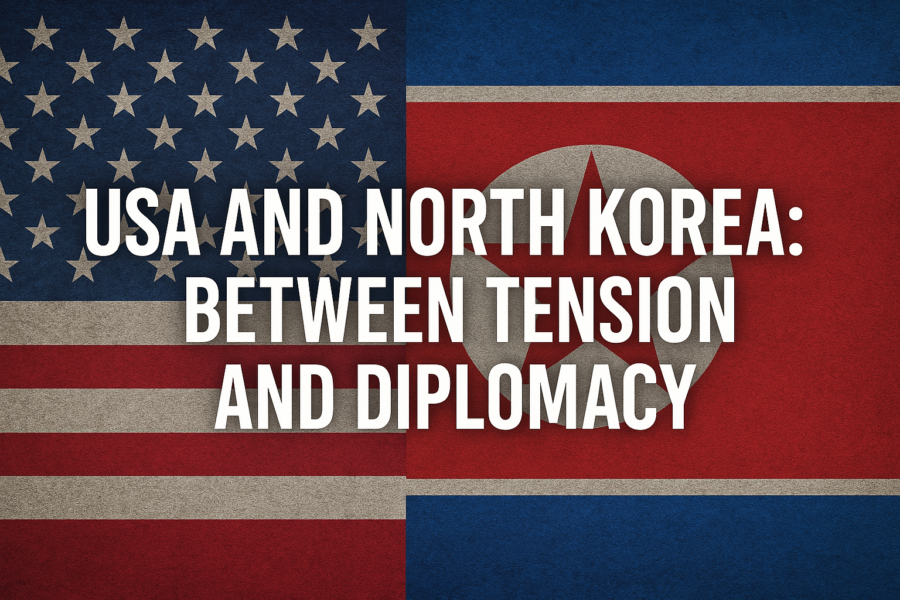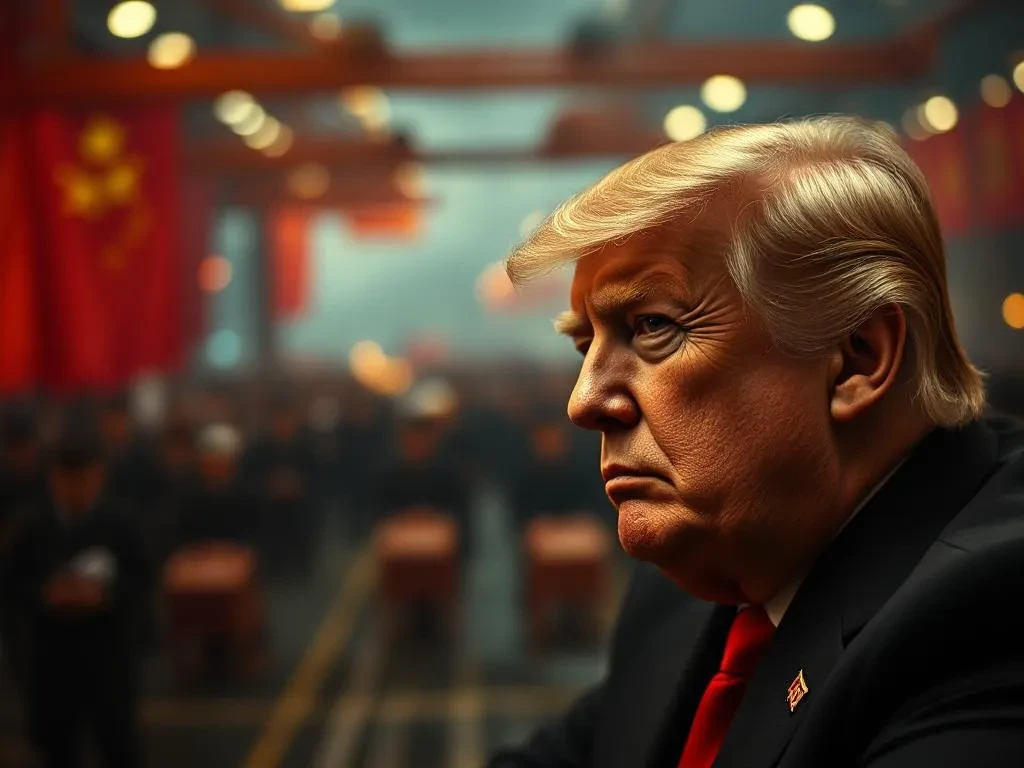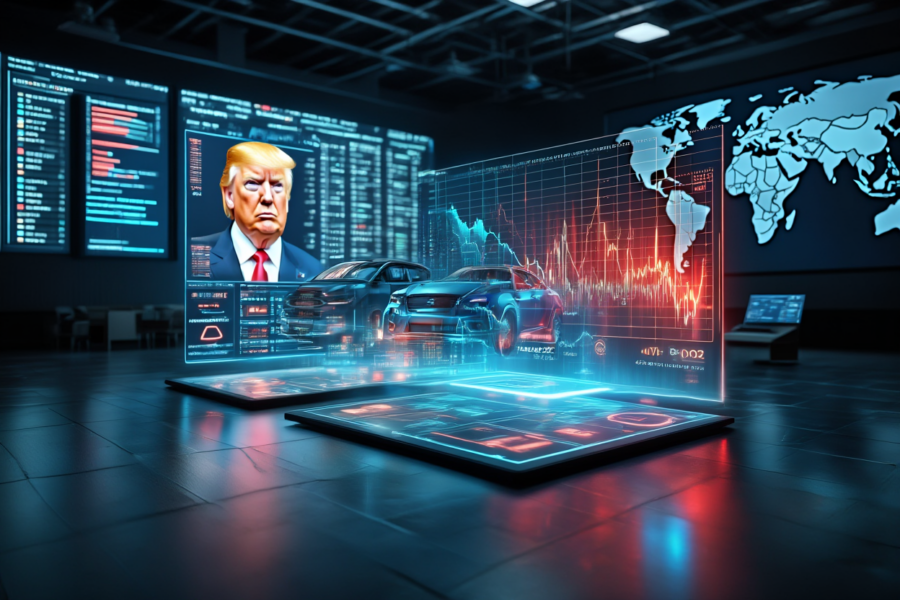Have you heard about these predictions before?
Using just two recent examples, Donald J. Trump’s surprising victory over Hilary Clinton in the 2016 US presidential election and the United Kingdom shooting itself in the proverbial economic foot by deciding to leave the European Union by voting for Brexit, predictions about the future, political or otherwise, are far from an easy task.
Despite lacking a crystal ball, policymakers, historians, and academics can make some educated guesses about what the not too distant future might look like. How will we organize our cities? What will be on our plates? Where will we get our energy from (you don’t need to be a soothsayer to guess it’s likely NOT going to be from Russia in the current climate)?
Although Nostradamus left this world 456 years ago, there are some experts alive today that have made some predictions for the world in 2030. From the death of shopping as we know it, to the rise of the nation-state, here’s what experts in the know think they know about what to expect by 2030.

1. Products Will Become Services
Since the birth of the Internet and the rise of online shopping and e-commerce, how we shop has already changed drastically in just the last few decades. However, experts predict that by the year 2030, how we shop now is likely to be a distant memory thanks to what will become known as the ‘circular economy.’ You won’t own a car, a house, appliances, or even clothes, you’ll just rent them instead.
In this new way of doing business, people won’t really own anything. Everything considered a product will become a service as corporations are likely to retain ownership of all products and rent them out to us as and when we need them. There is a downside to this economic model because, as with today, we live in a world of haves and have-nots. If you live outside the major population hubs, you’re less likely to get access to all these rented services.
2. There Will Be a Global Price On Carbon
When China started a national emissions trading scheme back in 2017, it had a few hiccups, to begin with, but by the early 2020s, the scheme was responsible for fifty percent of China’s emissions reductions. The success of their scheme encouraged other nations to set up their own emissions trading schemes causing a real shift in fossil-energy prices which in turn encouraged nations across the globe to invest in renewables.
When the European Commission rectified the over-allocation of allowances, both the European and Chinese schemes were able to join together. By the mid-2020s, Latin American and Canadian-Californian schemes wanted in on the action, setting the stage for a global carbon price by 2030. Meaning, one price for the right to emit a tonne of CO2 leads to a massive incentive to switch to clean energy.
3. The End Of U.S Hegemony
Since the fall of the Soviet Union on December 31, 1991, America found itself as the proverbial ‘last man standing’ on the world stage. However, that is likely to come to an end as China, Germany, India, Japan, and Russia, who are already showing signs of increased imperialism, will increase not only their economic power but their influence on global events. China already outperforms the U.S. when it comes to purchasing power parity.
Other smaller nations, in terms of influence and economic power, like Brazil, Canada, France, Italy, Mexico, and Indonesia, are expected to play a bigger role in the world of geopolitics as their GDPs continue to expand their global reach and pay for more sophisticated and capable militaries as the rise of populism and authoritarianism are making nations more ready to defend not just their borders but their economies.
4. Technology Will Revolutionize Medicine
We have already seen the effects coronavirus had on the medical world, and yet it might still be a hard pill to swallow thinking that technology will change everything. However, with the rise of biological 3D printing, our need to spend large amounts of time in the hospital will be a thing of the past. Wearable patient-monitoring devices will continuously feed in data in real-time to medical professionals, therefore catching many conditions extremely early.
There might be fewer accidents thanks to self-driving cars and robot workers are likely to take over the more high-risk tasks we do ourselves today. Cancer, heart attacks, and strokes are the biggest cause of death around the world today, but with these advances, a better understanding of these diseases and a change in lifestyle (with the help of technology) will also see human beings live for much longer in the next few years.
People have already started to explore the connection between medicine and technology! Read more about them in this book!

5. We’ll Eat Less Meat
Many experts believe the way we consume food and the foods we consume are likely to drastically change in the not too distant future as food will be redesigned to be healthier and less harmful to the environment. We will strive to “decarbonize” the food system by reducing the amount of greenhouse-intensive food we produce, especially meat.
People are more aware of the intensive and wasteful way we currently produce and consume food, so it is believed that a more educated global population will be more inclined to eat more healthily and sustainably by shifting to a diet that may be more veg and fruit, whole grains and vegetarian food or new alternatives. With increasingly more soya products, or perhaps insects or artificial meat on the market, the way we produce food is already changing rapidly.
6. Today’s Refugees Will Be Tomorrow CEOs
With the many conflicts taking place all over the world and the rise of populism and authoritarianism, it can be argued that populations fleeing such conflicts will only increase. However, experts believe that, as has been shown with the war in Ukraine, refugees are increasingly being not only welcomed more sympathetically and compassionately but systems are prepared to integrate new arrivals more seamlessly into society.
The belief that these fleeing refugees are all poor and uneducated is starting to wain as the people fleeing these conflicts to more stable countries are showing that they have a lot to contribute to their new homes with more and more entrepreneurial success stories making headlines across the world. Even without conflicts, it is estimated that climate change will have displaced 1 billion people by 2030, so the world needs to be better prepared for populations on the move.
7. The Rise Of The Megacity
We already have 19 mega cities (cities with more than 10 million population), and that number will probably rise with at least nine more megacities expected to emerge by 2030. With an increasingly more long-lived population, due to the advances in food production and healthcare as mentioned earlier, there will be an ever-growing demand for space. However, unlike previous population explosions, the future is less likely to look like some future dystopia as we squeeze people into box rooms with no real sunlight, but more a focus on outside urban living.
To make the megacities a more healthy environment there will be a radical shift in urban design with more car-free spaces, bicycle lanes, walking paths, and greenery. With a better understanding of the negative impact humanity has had on the climate, city planners will move to more sustainable living powered by renewables. With more automation and the expansion of artificial intelligence, many experts believe that our work-life balance will no longer be exclusively nine to five but a more flexible working environment.
If you wish to discover who is shaping that future right now, click —>HERE<— to discover who are the most powerful people in the world right now.







